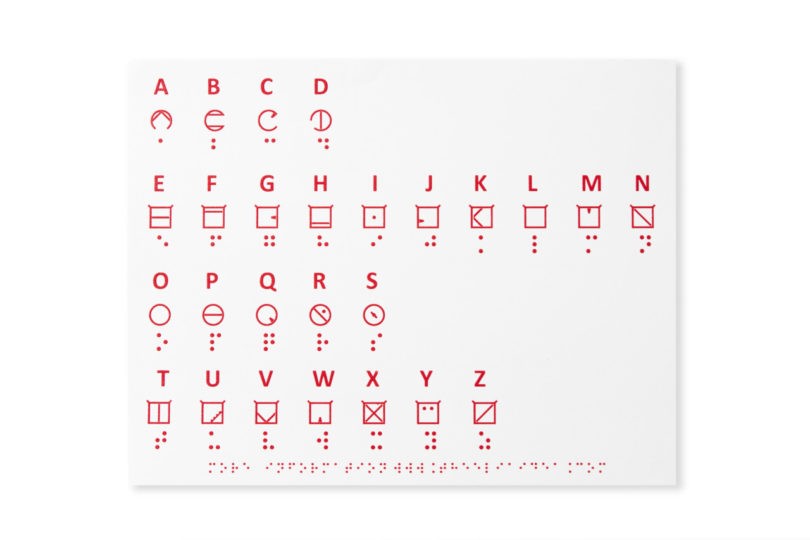- +91-95604-34635
- [email protected]
- Flat # 586, Sector 13 - A, Dwarka, New Delhi - 75
ELIA Frames: Alternative to the Braille?
A 20-year-old Louis Braille exhibited a system of dot-based code in the 1834 Paris Industrial Exposition, that revolutionized the education for the visually impaired persons. Then it became commonly known as the Braille System and till date, is being used throughout the world. It was said that the Braille was a revolution that liberated a whole class of people from illiteracy and ushered for them, a new era, an era of enlightenment, an era of self-reliance, an era of enrichment, and an era of knowledge. For the visually impaired, it was a beacon of light that would lead them to literacy and employment and more importantly independence. Braille has enjoyed an ageless prominence and there were no alternatives to it, until recently. A Brooklyn-based organization, ELIA Life PBC, has designed a new tactile reading system named ELIA Frames. This reading system essentially has characters is based on the standard alphabet, and optimized to be in line with modern tactile printing systems. It discards the conventional dot-structure and replaces it with frames of different shapes, with each frame denoting a separate letter.
However, the frames continue to carry certain resemblance with the standard alphabets, one of the reasons it is described to be based on the standard alphabet. For example, the character design of 'A' still continues to have the '/\'. Similar traits can be observed in the other alphabets and their corresponding characters.
Why Braille needs alternative?
Andrew Chepaitis, the President of the ELIA Life PBC, and his team claim that a person can learn and become adept in this reading system in just 2-3 hours. You generally need undergo a complete training period for as long as a year, in order to learn the Braille. The Braille designed in 1830s, was never created for ease of learning, or had any considerations for other utility. It is a very complex system, where even the spaces present between the dots might change the meaning of what is being conveyed. Due to these intricacies of the system, not many visually impaired people learn braille. Also, with people who had sight once, but lost it due to some accident or disease, face unsurmountable difficulties in leaning braille. And with old age it becomes more and more difficult for the person to read the complex dots. The Brallier, used to create the braille writings, is also a very costly affair. With the advent of technology, visually impaired and now moving towards other available means for certain activities. For example, instead of buying braille books, they have switched to audiobooks, and are adopting more progressive features like use of text-to-speech, etc. A majority of blind person do not know how to read braille.
The Alternative?
If the Braille was a revolution in 1830s, then ELIA frames should be considered a revolution of the current times. The reading system is based on a series of four distinct shapes with strokes and dots inside them. A-D letters are in a semi-circle; O-S is in a circle; and the remaining letters are boxed in a square container. The Numerals are in the shape of pentagons. ELIA's designers claim that the current design is the outcome of continuous refinement from the inputs of 200,000 test participants. Looking at it anyway, the ELIA Frames provide a compelling proposition; a tactile reading system that is intuitive, is easy to read and can be mastered in matter of hours.



